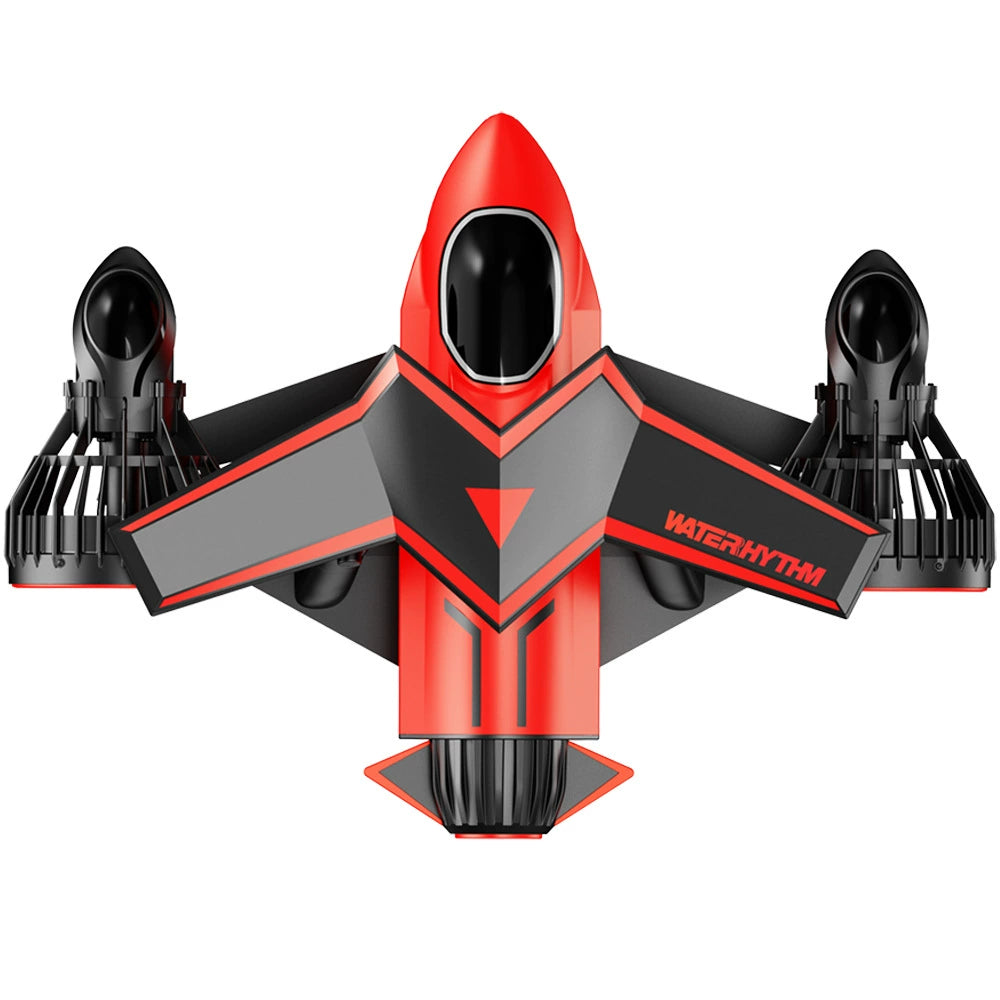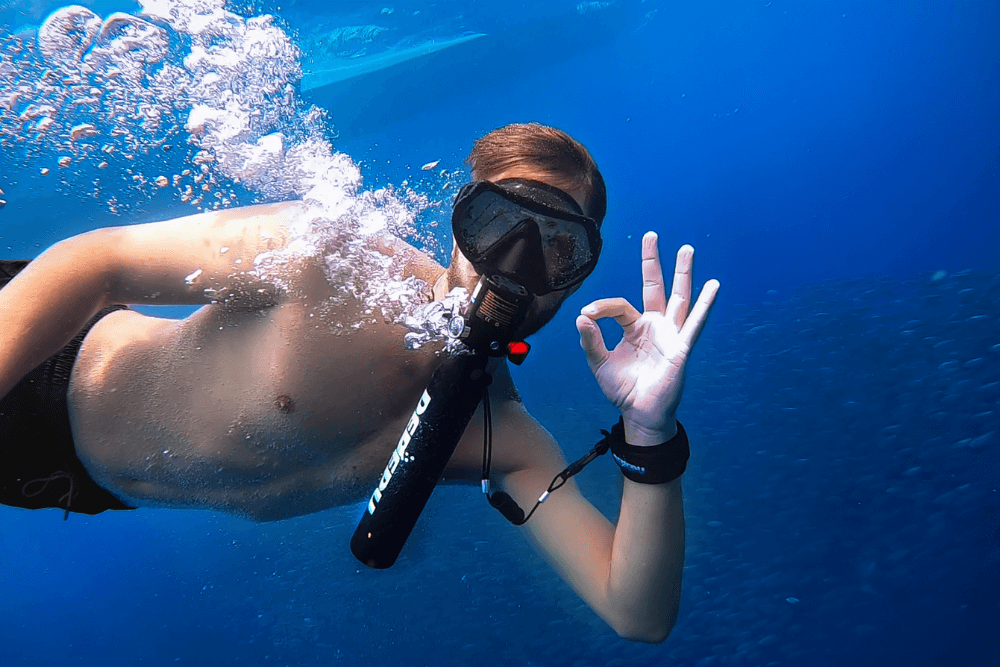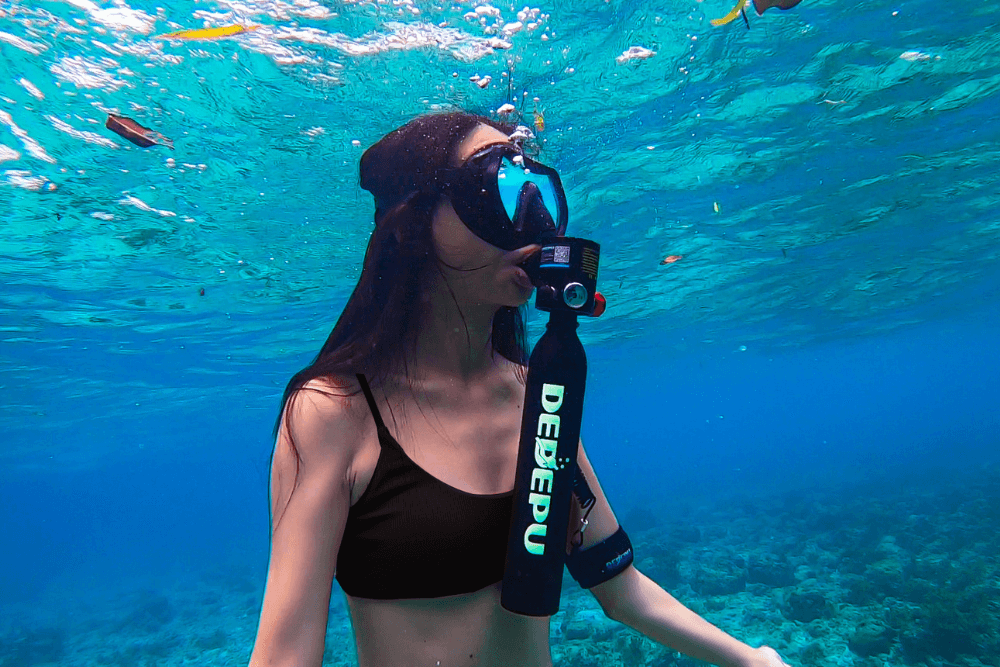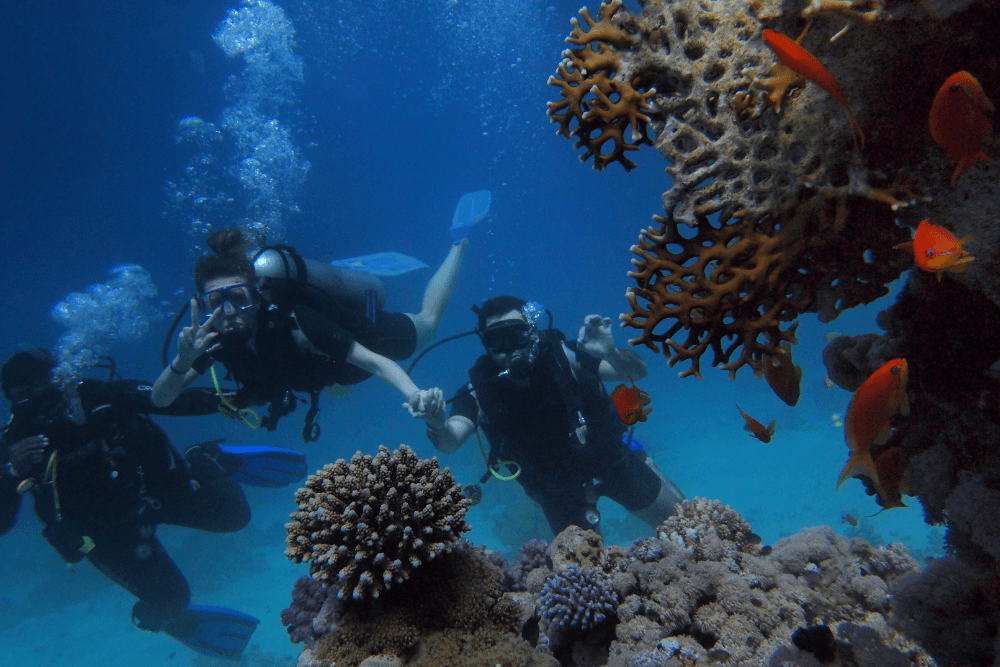The number of oxygen tanks needed for a scuba dive depends on factors like depth, dive duration, and air consumption rate (typically 12-18 liters per minute). For a 60-minute dive at 18 meters, an average diver may use one 12-liter tank filled to 200 bar, but deeper or longer dives often require two tanks or a larger capacity. Always plan with a safety margin.
Tank Basics for Beginners
These tanks don’t actually hold pure oxygen—they’re filled with compressed air (21% oxygen, 78% nitrogen) or enriched air nitrox (up to 40% oxygen). The most common tank size is the aluminum 80, which holds 80 cubic feet of air at 200 bar (3000 psi) and weighs around 14 kg (31 lbs) when full. Steel tanks are heavier but hold more air—for example, a steel 100 provides 100 cu ft at 200 bar but weighs 18 kg (40 lbs).
Your air consumption depends on factors like breathing rate (12-20 liters per minute at rest, up to 40 L/min when stressed), depth (air use doubles every 10 meters due to pressure), and fitness level. A beginner at 12 meters (40 ft) might use 25-30 bar per 10 minutes, while an experienced diver could use 15-20 bar. Always check your pressure gauge—running low at depth is dangerous.
Key Factors in Choosing a Tank
- Material – Aluminum is cheaper and buoyant (floats when empty); steel is more durable but sinks.
- Size – 80 cu ft is standard for recreational dives; 100+ cu ft is better for deep/long dives.
- Pressure Rating – Most tanks are 200-232 bar (3000-3400 psi); higher ratings mean more air but require stronger valves.
- Valve Type – K-valves (single outlet) are common; DIN valves (screw-in regulator) are safer for high-pressure fills.
Air Consumption Estimates (Per 10 Minutes at 10m/33ft)
| Diver Experience | Air Used (Bar) | Approx. Dive Time (80 cu ft) |
|---|---|---|
| Beginner | 25-30 | 40-50 min |
| Intermediate | 20-25 | 50-60 min |
| Advanced | 15-20 | 60-80 min |
Pro Tip: Always carry a pony bottle (3-6 cu ft) as a backup if diving beyond 18 meters (60 ft). And remember—never hold your breath; ascending with compressed air can cause lung injuries.
Dive Depth & Air Use
At 10 meters (33 feet), the pressure doubles, so you consume air twice as fast as at the surface. Hit 20 meters (66 feet), and it’s three times faster. A relaxed diver might inhale 12-15 liters per minute on the surface, but at 20 meters, that jumps to 36-45 L/min. If you’re kicking hard against a current, expect 50+ L/min. This is why dive tables and computers enforce no-decompression limits—not just for safety, but to keep you from guzzling your tank dry.
How Depth Multiplies Air Consumption
- 5m (16ft): 1.5x surface rate
- 10m (33ft): 2x
- 20m (66ft): 3x
- 30m (98ft): 4x
A typical 80 cu ft aluminum tank holds about 2300 liters of air at 200 bar. For a 60-minute dive at 10 meters, an average diver (using 20 L/min at depth) would need 2400 liters—cutting it close. That’s why 100 cu ft steel tanks are popular for deeper dives; they pack 2900 liters, buying you extra time.
At 10°C (50°F), your body burns 10-15% more air to stay warm compared to 28°C (82°F) tropical dives. Add a thick wetsuit or drysuit, and movement becomes harder, hiking consumption another 5-10%.
Real-World Example: Two Dives, Same Tank
-
Shallow Reef Dive (12m/40ft, 60 min):
- Air used: 25 bar per 10 min → 150 bar total
- Reserve left: 50 bar (safety stop included)
-
Deep Wreck Dive (25m/82ft, 30 min):
- Air used: 40 bar per 10 min → 120 bar total
- Reserve left: 80 bar (but you’re already hitting decompression limits)
Rule of Thirds: Plan to use 1/3 of your air descending, 1/3 exploring, and 1/3 ascending/reserve. At 30 meters, that reserve vanishes fast—many divers switch to double tanks or a sidemount setup for redundancy.
Calculating Your Needs
Your air consumption isn't fixed; it's a dynamic equation factoring in depth (pressure), exertion level, equipment drag, and even how cold you feel. A 180cm (6ft) diver weighing 85kg (187lbs) will typically consume 15-20% more air than a 160cm (5'3") diver at 60kg (132lbs) at the same depth, simply due to larger lung capacity.
The Math Behind Air Planning
Start with your Surface Air Consumption Rate (SAC Rate)—how much air you use per minute at the surface. To find yours:
- Note your starting pressure (e.g., 200 bar)
- Dive for 10 minutes at a steady depth (e.g., 10m/33ft)
- Record ending pressure (e.g., 170 bar)
- Calculate: (200-170) bar ÷ 10 min ÷ 2 (depth multiplier at 10m) = 1.5 bar/min SAC Rate
Planning a 25m (82ft) wreck dive? At 3.5x surface consumption (25m pressure multiplier), your 1.5 bar/min SAC becomes 5.25 bar/min. A standard 12L tank holds 2400L at 200 bar, so:
- Exploration time: 200 bar ÷ 5.25 bar/min = 38 minutes
- Safe adjusted time: Subtract ascent (3 min) + safety stop (5 min) = 30 minutes max
Variables That Wreck Calculations
- Currents: Fighting a 1-knot current can spike air use by 40%
- Task loading: Photographers hovering motionless use 10% less than finning divers
- Buoyancy errors: Overweighted divers waste 5-8 bar/min correcting buoyancy
Pro Tip: That 80 cu ft aluminum tank might suffice for a warm 18m reef dive, but you'll want a steel 15L (130 cu ft) for a cold 30m wall dive. Next up: when to go Single vs. Double Tanks—because sometimes, one just won't cut it.

Single vs. Double Tanks
A standard single aluminum 80 (11L, 200 bar) holds enough air for 45-60 minutes at 18m (60ft), while doubles (two 12L tanks manifolded together at 200 bar) effectively give you 24L of capacity, extending bottom time to 90+ minutes at the same depth. But there’s a trade-off: doubles add 12-15kg (26-33lbs) of weight, require specialized backplates and wing BCs, and cost 2-3x more than a single-tank setup.
When Singles Make Sense
- Recreational dives <30m (100ft): Most tropical dive ops use single 80s because they’re cheap, easy to handle, and sufficient for 60-minute profiles on coral reefs.
- Travel diving: A single compact 10L steel tank (130 cu ft) weighs 14kg (31lbs) full—lighter than doubles—and fits in rental gear setups.
- New divers: Managing buoyancy with +6kg (13lbs) of extra tank weight on your back is harder than it looks.
When Doubles Are Non-Negotiable
- Technical diving: Penetrating wrecks beyond 40m (130ft) requires redundant air sources.
- Cold water/long deco: At 6°C (43°F), shivering increases air consumption by 20%. Doubles provide the reserve for mandatory deco stops.
- Strong currents: Fighting a 2-knot current can drain a single tank in 30 minutes flat; doubles buy time to reach the exit point.
Air Supply Comparison (200 bar fill)
| Configuration | Total Volume | 18m Dive Time (Avg Diver) | 30m Dive Time |
|---|---|---|---|
| Single Alu 80 | 11L / 80 cu ft | 50-60 min | 25 min |
| Double Steel 12Lx2 | 24L / 174 cu ft | 110-130 min | 55 min |
| Single Steel 15L | 15L / 130 cu ft | 80-90 min | 40 min |
Hidden Costs of Doubles
- Training: A tech diving cert (e.g., TDI Intro to Tech) runs $500-800
- Gear: Manifold doubles need a **100 single-tank BCD
- Logistics: Few boats carry doubles; you’ll pay $50-100 extra for tank rentals
Pro Tip: If you’re not diving below 30m or doing deco, stick with a single tank + pony bottle (3-6L). It’s 80% of the safety at 20% of the cost. Next, we’ll cover Safety Tips & Extra Air—because running out isn’t an option.

Safety Tips & Extra Air
Running out of air isn't just embarrassing—it's the leading cause of diving emergencies, accounting for 35% of all scuba incidents according to DAN (Divers Alert Network) reports. The solution isn't just carrying more air; it's smart air management. Most recreational divers follow the rule of thirds (1/3 down, 1/3 exploring, 1/3 up), but in practice, you'll burn through air faster when you're task-loaded, cold, or fighting currents. Here's how to stay ahead of your gauge.
The Reserve Equation
At 18m (60ft), ascending takes 2-3 minutes plus a 3-minute safety stop at 5m—that's 50-70 bar in an aluminum 80 tank. But at 30m (100ft), you need 100+ bar just to account for the longer ascent and potential deco. Many dive computers now calculate this in real time, but old-school divers still use the 50 bar turn rule—when your gauge hits 50 bar at any depth, you're done.
Cold Water Realities
In water below 12°C (54°F), your body burns 15-20% more air just to stay warm. Add a drysuit (which requires constant buoyancy adjustments), and your SAC rate can jump by 25%. That's why tech divers in the North Sea often carry double 12L tanks + a 7L stage bottle—what looks like overkill at the surface becomes essential at depth.
Backup Options Compared
-
Pony Bottles (3-6L):
- Holds 200-400L of air (enough for 5-8 minutes at 30m)
- Adds 3-5kg (7-11lbs) to your rig
- Cost: $250-400 for the bottle + regulator
-
Spare Air (0.5-1L):
- Emergency 4-6 breaths at depth (not a real solution)
- Fits on your BCD, but only useful above 10m
-
Double Tanks:
- The gold standard, but overkill for reef dives
- Requires tech training to manage valves
Depth vs. Air Reserves Needed
| Depth | Minimum Reserve | Why? |
|---|---|---|
| 10m (33ft) | 30 bar | Easy ascent |
| 20m (66ft) | 60 bar | Longer safety stop |
| 30m (100ft) | 100 bar | Deco risk |
Pro Tip: If you're diving below 24m (80ft), a 6L pony bottle is smarter than pushing





Hinterlasse einen Kommentar
Alle Kommentare werden vor der Veröffentlichung geprüft.
Diese Website ist durch hCaptcha geschützt und es gelten die allgemeinen Geschäftsbedingungen und Datenschutzbestimmungen von hCaptcha.